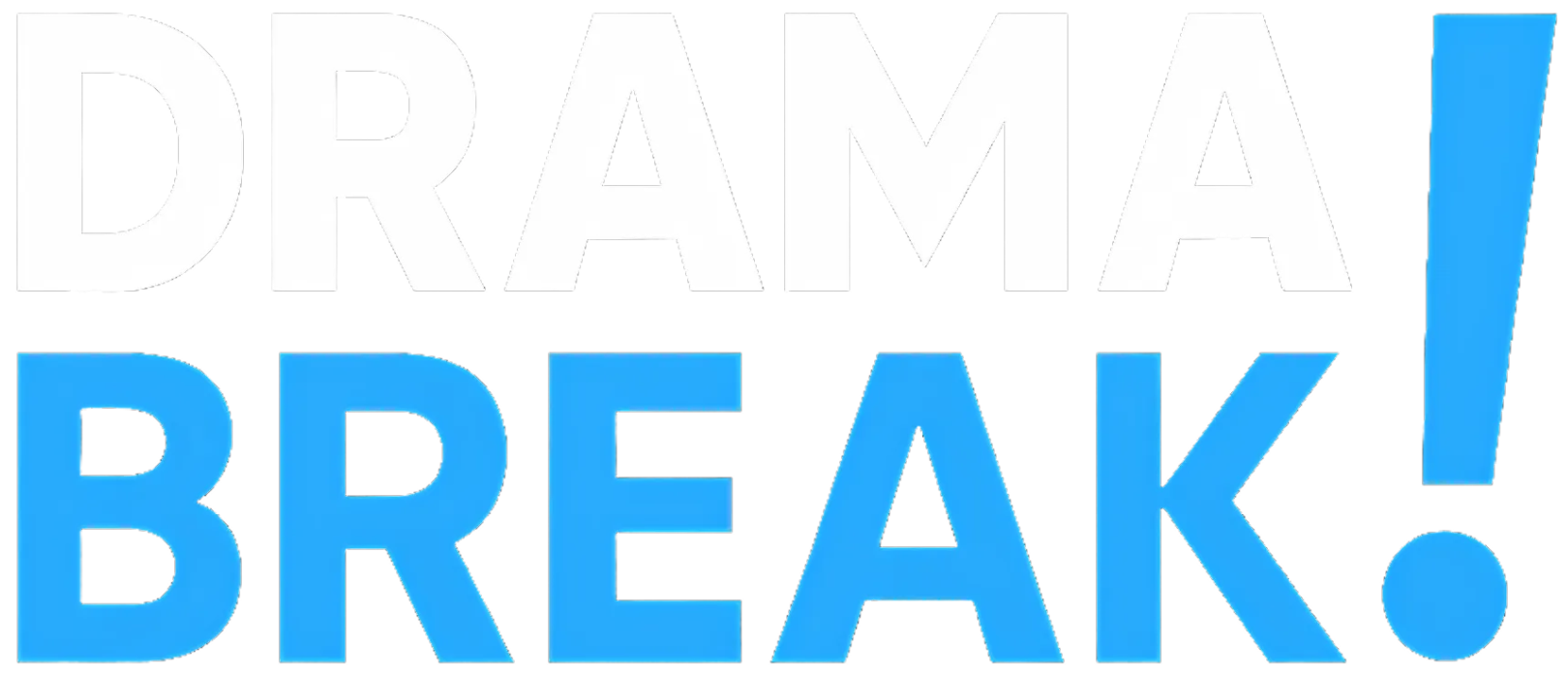California lawmakers simply paved the way in which for an entire lot extra housing within the Golden State.
Within the waning hours of the 2025 legislative session, the state Senate voted 21 to eight to approve Senate Invoice 79, a landmark housing invoice that overrides native zoning legal guidelines to develop high-density housing close to transit hubs. The controversial invoice acquired a closing concurrence vote from the Senate on Friday, a day after passing within the California meeting with a vote of 41 to 17.
The invoice had already squeaked via the state Senate by a slim margin earlier this 12 months, however because it was amended within the following months, it required a second approval. It would head to Gov. Gavin Newsom’s desk in October.
One of many extra bold state-imposed efforts to extend housing density lately, the invoice was launched in March by Sen. Scott Wiener (D-San Francisco), who stresses that the state must take instant motion to handle California’s housing scarcity. It opens the door for taller, denser housing close to transit corridors similar to bus stops and prepare stations: as much as 9 tales for buildings adjoining to sure transit stops, seven tales for buildings inside a quarter-mile, and 6 tales for buildings inside a half-mile.
Single-family neighborhoods inside a half-mile of transit stops can be topic to the brand new zoning guidelines.
Peak limits are primarily based on tiers. Tier 1 zoning, which incorporates heavy rail traces such because the L.A. Metro B and D traces, permits for six- to nine-story buildings, relying on proximity to the transit hub. Tier 2 zoning — which incorporates gentle rail traces such because the A, C, E and Ok traces, in addition to bus routes with devoted lanes — permits for five- to eight-story buildings.
An novice map launched by a cartographer and fact-checked by California YIMBY, a housing non-profit that helped push the invoice via, offers an concept of the areas round L.A. that will be eligible for growth beneath SB 79. Tier 1 zones embody hubs alongside Wilshire Blvd., Vermont Ave., and Hollywood Blvd., in addition to a handful of spots in Downtown L.A. and the San Fernando Valley.
Tier 2 zones are extra unfold out, dotting Exposition Blvd. alongside the E line, stretching towards Inglewood alongside the Ok line, and working from Lengthy Seaside into the San Gabriel Valley alongside the A line.
Meeting members debated the invoice for round 40 minutes on Thursday night and cheered after it was handed.
“During the last 5 years, housing affordability and homelessness have persistently been among the many high priorities in California. The neatest place to construct new housing is inside current communities, close to the state’s main transit investments that join folks to jobs, colleges and important providers,” stated Assemblymember Sharon Quirk-Silva (D-Orange County) in help of the invoice.
Different meeting members, together with Buffy Wicks (D-Oakland), Juan Carrillo (D-Palmdale) and Josh Hoover (R-Folsom) voiced their help.
Proponents say drastic measures are essential given the state’s affordability disaster. Critics declare the blanket mandate is an overreach, stripping native authorities of their potential to advertise accountable progress.
Assemblymember Rick Zbur (D-West Hollywood) argued towards the invoice, claiming it should have an effect on lower-priced neighborhoods greater than rich ones since land costs are cheaper for housing builders.
The vote got here a number of weeks after the Los Angeles Metropolis Council got here out towards the invoice, voting 8 to five on a decision opposing it.
Councilmember Traci Park, who co-authored the decision with Councilmember John Lee, known as SB 79 a “one-size-fits-all mandate from Sacramento.” Lee known as it “chaos.”
The decision known as for L.A. to be exempt from the upzoning because it already has a state-approved housing plan.
The invoice has spurred a number of protests in Southern California communities, together with Pacific Palisades and San Diego. Residents concern the zoning adjustments would alter single-family communities and drive residents into competitors with builders, who can be incentivized beneath the brand new guidelines to buy properties close to transit corridors.
Nevertheless, help for SB 79 surged in current days after the State Constructing and Development Trades Council, a robust labor group that represents union building staff, agreed to reverse their opposition in alternate for amendments that add union hiring to sure initiatives.
In a press release after the deal was struck, the trades council president Chris Hannan stated the amendments would offer good jobs and coaching to California’s expert building workforce.
Wiener, who has unsuccessfully tried to go related laws twice earlier than, stated the deal boosted the invoice’s possibilities.

